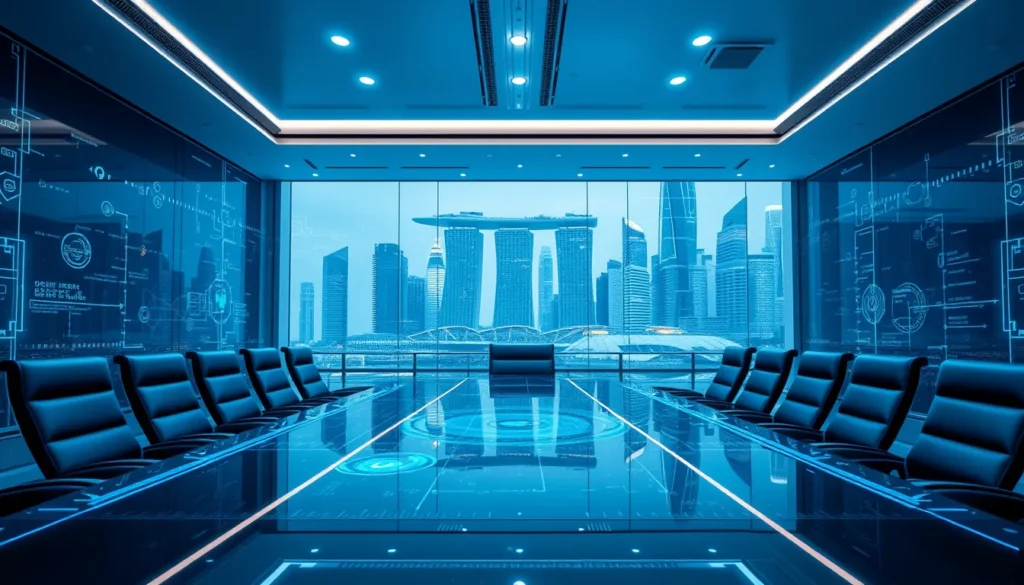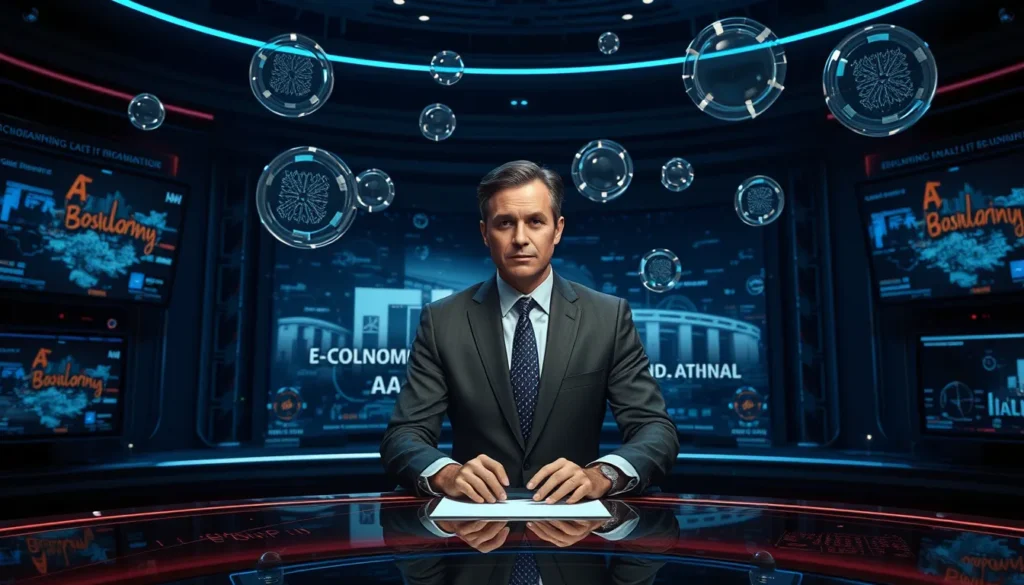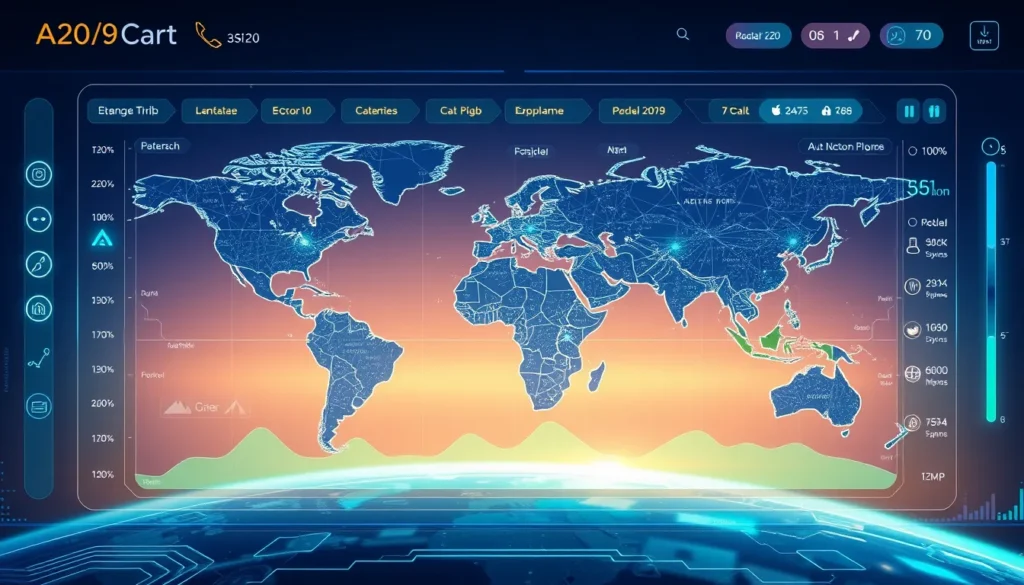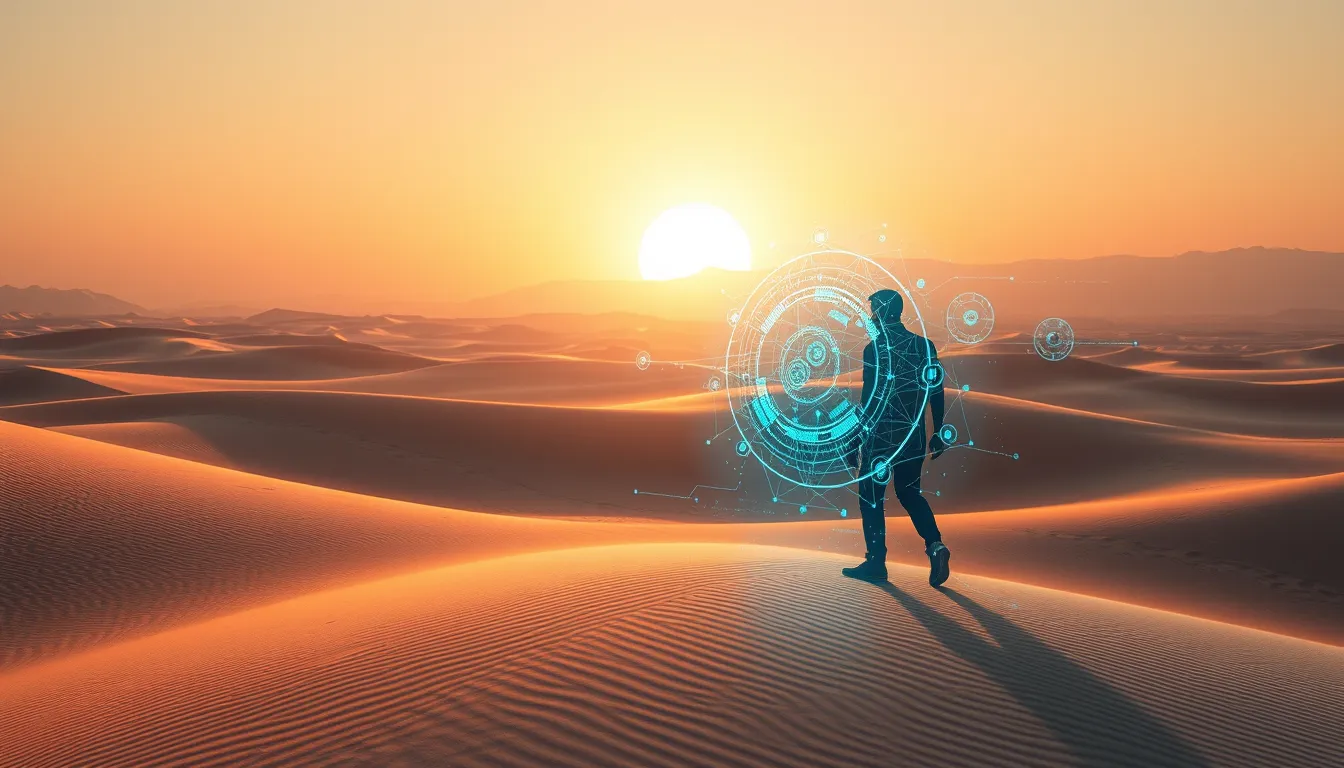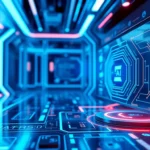Now Reading: Disney & Midjourney Lawsuit: Navigating AI Copyright Infringement
-
01
Disney & Midjourney Lawsuit: Navigating AI Copyright Infringement
Disney & Midjourney Lawsuit: Navigating AI Copyright Infringement
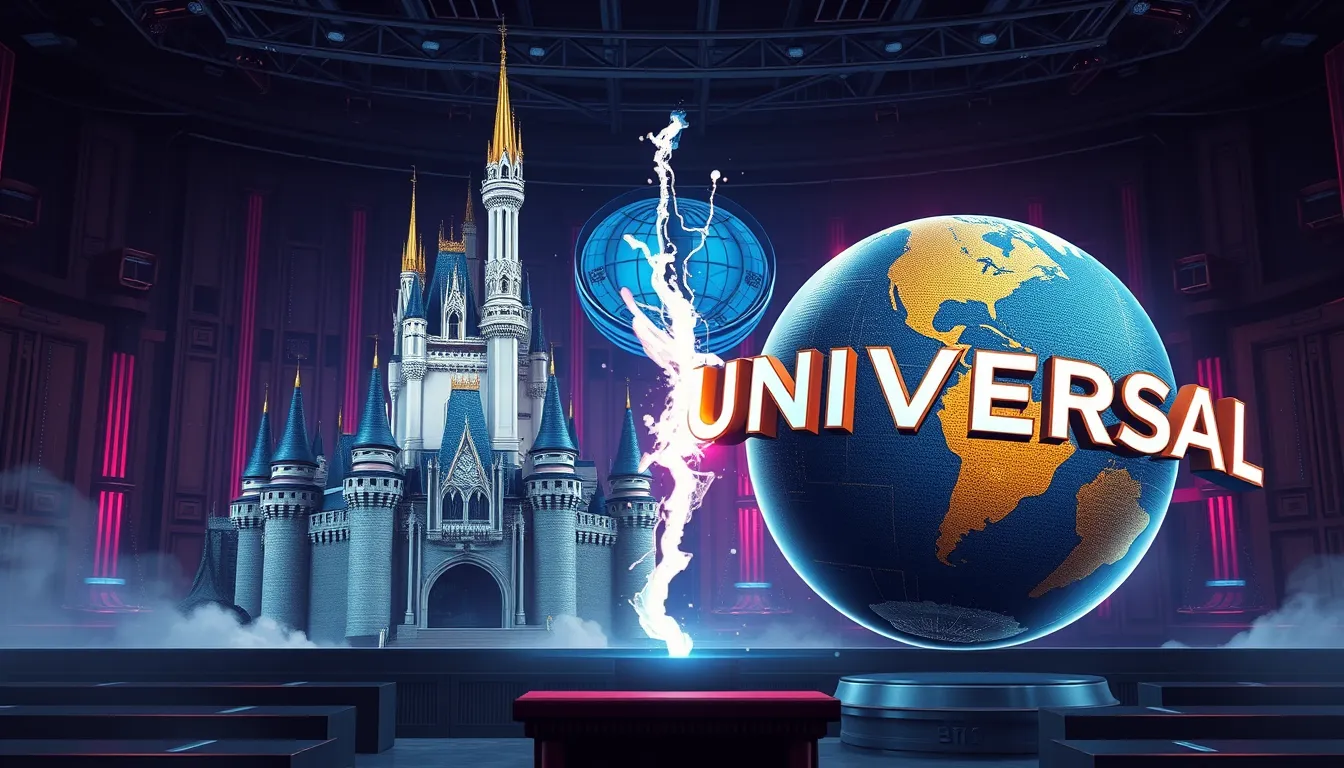
Disney & Midjourney Lawsuit: Navigating AI Copyright Infringement
Introduction
In recent times, the case involving the Disney lawsuit and Midjourney lawsuit has captivated both the entertainment and technology sectors. With Disney and Universal taking legal action against AI firm Midjourney, the spotlight is now on the challenges of copyright infringement in an era dominated by digital transformation. This article delves into the details of the lawsuit, examining the legal implications of AI image generation, and offering insights into how this case could shape the future of digital art regulation and intellectual property rights.
Overview of the Case
The Disney lawsuit and Midjourney lawsuit centers on allegations that Midjourney’s image-generating technology reproduces iconic characters and scenes, which are protected under established copyright laws. Media giants such as Disney and Universal argue that the use of their intellectual property without authorization constitutes a serious breach of copyright. The case brings to light a fundamental question: Can artificial intelligence cross the boundaries established by traditional legal frameworks?
The Heart of the Legal Battle
At its core, the Disney lawsuit and Midjourney lawsuit is not just about a single instance of alleged infringement. It represents a broader conflict between traditional intellectual property rights and the rapidly evolving landscape of AI-generated content. The legal proceedings are expected to tackle several key issues:
- The concept of copyright infringement applied to AI-generated works.
- Whether AI systems should require explicit permission to use existing copyrighted material for training purposes.
- The need for updated legal frameworks to address the rise in digital art production fueled by AI technology.
As legal experts and industry insiders debate these points, this case stands as an essential precedent that may influence future lawsuits involving AI in art and entertainment.
Legal Implications of AI Image Generation
One of the most intriguing aspects of the case is its potential to redefine how the legal system treats AI-driven creative outputs. The Disney lawsuit and Midjourney lawsuit highlights the need to reexamine how intellectual property rights are enforced in the digital age. With AI becoming increasingly sophisticated, its capacity to replicate copyrighted content raises several concerns:
- Ethical boundaries: Determining where to draw the line between inspiration and infringement when AI creates art.
- Data use and permissions: Assessing whether training AI models on vast datasets of copyrighted materials necessitates permission or compensation.
- Regulatory changes: Evaluating the importance of updated laws that address the nuances of digital content and its creation.
By examining these issues, stakeholders from various sectors can better understand how to balance innovation with respect for intellectual property. Furthermore, as the case unfolds, it will likely stimulate broader discussions on the role of regulation in AI development and deployment.
Impacts on the Entertainment and Tech Industries
The ripple effects of the Disney lawsuit and Midjourney lawsuit are poised to influence both the entertainment and technology industries. For the entertainment world, the outcome could determine how legacy companies safeguard their creative assets in the digital era. For tech companies and AI startups, the ruling might set new guidelines for how to integrate AI into creative processes without falling foul of copyright restrictions.
- A renewed focus on securing intellectual property rights in an increasingly digital marketplace.
- The potential need for revised policies and procedures in developing AI-driven art tools.
- Enhanced collaboration between tech innovators and legal experts to foster balanced solutions that support both creativity and legal compliance.
Looking Forward: Regulatory and Legal Changes
As the legal battle continues, the Disney lawsuit and Midjourney lawsuit serves as a wake-up call for policymakers. With the rapid expansion of AI technology, there is an urgent need for regulatory bodies to establish clear standards for digital content creation. Some forward-looking measures might include:
- Implementing comprehensive guidelines for the use of copyrighted material in AI training datasets.
- Encouraging transparency from AI companies regarding data sourcing.
- Facilitating public-private partnerships to develop adaptive legal frameworks that can keep pace with technological innovation.
Conclusion
The unfolding drama of the Disney lawsuit and Midjourney lawsuit illustrates the complex intersection of law, technology, and creativity. With Disney, Universal, and other industry giants advocating for stringent protection of intellectual property, this case is more than just a legal matter—it is a turning point that could redefine how we approach copyright in the digital age. As AI continues to blur the lines between inspiration and imitation, legal experts and regulators worldwide are challenged to craft solutions that uphold creativity, ensure fairness, and protect the rights of original creators.
For readers interested in staying updated on AI regulations and digital art trends, following reliable sources such as industry publications and official company websites (like Disney and Universal) is highly recommended. The outcomes of this lawsuit might well influence future legal precedents and set new standards for digital art regulation globally.
Ultimately, the Disney lawsuit and Midjourney lawsuit underscores the transformative impact of AI on creative industries and the urgent need for legal systems to evolve. As this landmark case progresses, its implications for digital art, copyright infringement, and AI legal challenges will remain a critical watchpoint for innovators and regulators alike.


